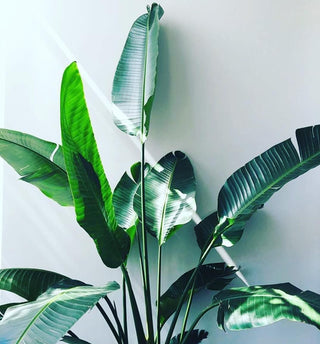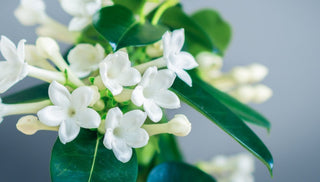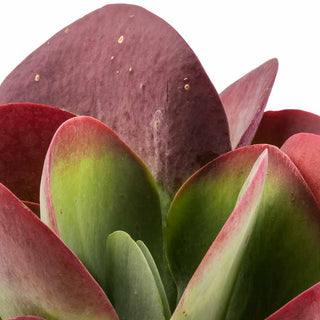☘ Origin: South-East Asia and the South Pacific
☘ Botanical Name: Musa spp.
☘ Family: Musaceae
☘ Common Name: Banana Leaf Plant
Symbolism: Banana Leaf tree symbolizes both abundance and fertility. Buddha made the Banana tree the symbol of the vanity of goods, the fragility and the instability of things, because his aerial part dies after bearing fruit.
🍃 Shop Your Banana Leaf Plant Today!
🔆 Light
It will do best in bright light to direct sunlight, however, too much direct sunlight can scorch the leaves.
Give your plant a turn every few days to expose all sides to light for even growth from all sides.
💧 Water
Allow your plant to dry 25-50% of the way down. Water thoroughly, allowing the water to flow from the drainage hole in the bottom of the pot and into the saucer. Be sure to empty the saucer of all water, and never let the plant/roots sit in water as it will lead to root rot.
To give your plant the absolute best, room-temperature rainwater and bottled spring water are your best options. Any water containing sugar or salt will hurt your plant!
☁️ Humidity
This plant enjoys extra humidity, so feel free to mist daily using filtered-water or place a humidifier nearby. Another option is to place the container on a pebble tray. The pebbles keep the plant up out of the water and as the water evaporates, it creates humidity for the plant!
🌡️ Temperature
Conditions ranging from (18-26°C) are fine for your Banana Tree.
🧴️ Food
For best results, use a liquid houseplant fertilizer diluted to half the recommended strength once a month during the spring and summer.
🐾 Toxicity
Non-toxic to humans and pets.
➕ Additional Tips
As tropical plants, Bananas require high humidity to grow indoors successfully. A humidity range of 60-90% is ideal. Banana leaves become crisp and brown when the air is too dry, and spider mites easily attack them. If the air in your room is too dry, try using a room humidifier or a water tray with pebbles nearby.



